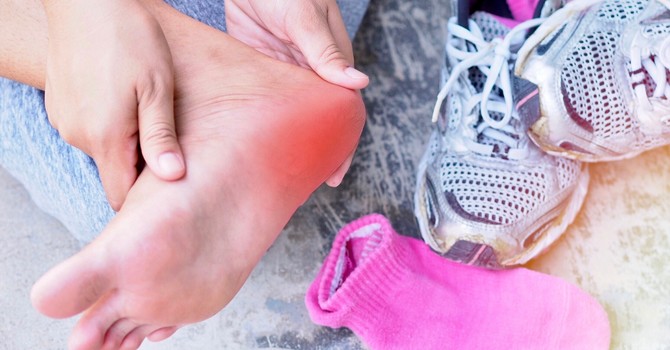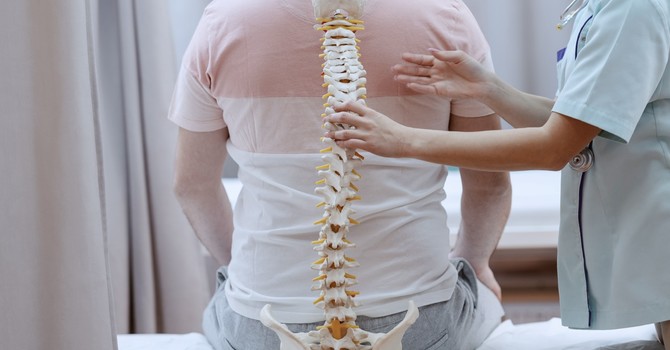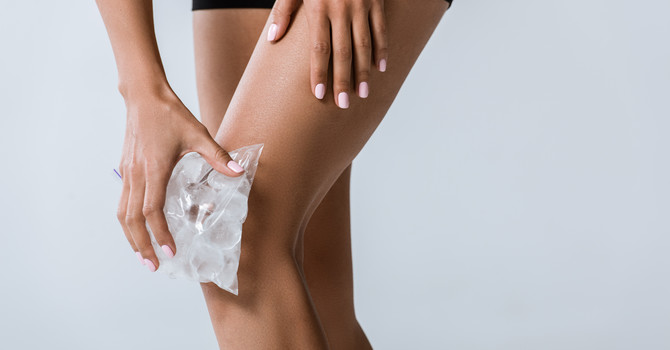
PACK IT LIGHT
WEAR IT RIGHT.
It’s common for kids to lug around backpacks appearing to be twice their body weight. Though it may seem cool to sling a heavy load over one shoulder – long-term head, neck, and shoulder pain are not. Here are some helpful tips that will help your child carry his or her backpack with ease.
Research indicates that there are long-term health risks associated with youth who wear poorly designed backpacks or carry too much weight. In fact, over 50% of Canadian youth will suffer at least one back pain episode during their school years. Not only are these injuries painful, they can directly impact the enjoyment of leisure and sports activities that are a critical part of a young person’s life.
CARRYING A HEAVY BACKPACK IS A SPINAL HAZARD AND, OVER TIME, MAY LEAD TO ALTERED POSTURE AND GAIT.
BACKPACKS & YOUR CHILD’S HEALTH
Carrying a heavy load can lead to poor posture and a distorted spinal column. Over time this can cause muscle strain, headaches, neck and arm pain, and even nerve damage.
A heavy backpack carried on one shoulder forces the muscles and spine to compensate for the uneven weight. This places stress on the mid and lower back.
CHOOSING THE RIGHT BACKPACK
You don’t need to spend a lot of money to get a good backpack. Here are some tips that may be helpful when selecting a backpack:
- Backpacks should be made of lightweight materials. Vinyl and canvas are much better than leather.
- Pick a backpack with two wide shoulder straps. These distribute weight better than bags that are slung over the shoulder.
- Try the backpack on for fit. The straps should be at least 2 inches wide and should not fit too snugly around the shoulders or armpits.
- The backpack should be proportionate to the wearer. The top should not extend higher than the top of the shoulder and the bottom should not fall below the top of the hipbone.
- Choose a pack with a hip strap or waist belt and a padded back. A strap or belt can take as much as 50-70% of the weight off the shoulders and spine and will equalize the strain on the bones, joints, and muscles.
- Choose a backpack with a lot of pockets to help distribute weight more effectively.
Choose a light weight backpack with a padded back, wide shoulder straps, and a hip or waist belt. Make sure the pack is proportionate to the wearer.
PACKING THE BACKPACK PROPERLY
- Your child’s backpack should only contain what is needed for that day.
- A full backpack should be no more than 10 to 15 percent of the wearer’s body weight.
- Place the heaviest objects close to the body and light or odd-shaped objects away from the back.
RESEARCH INDICATES THAT DURING THE TEENAGE YEARS MORE THAN 50 PERCENT OF YOUNG PEOPLE WILL EXPERIENCE AT LEAST ONE EPISODE OF LOWER BACK PAIN. IF YOUR CHILD COMPLAINS OF BACK PAIN AND NUMBNESS OR WEAKNESS IN THEIR ARMS AND LEGS, CONSULT A CHIROPRACTOR FOR AN EVALUATION.
c/o British Columbia Chiropractic Association
Dr. Afshin Janmohamed
Contact Me

